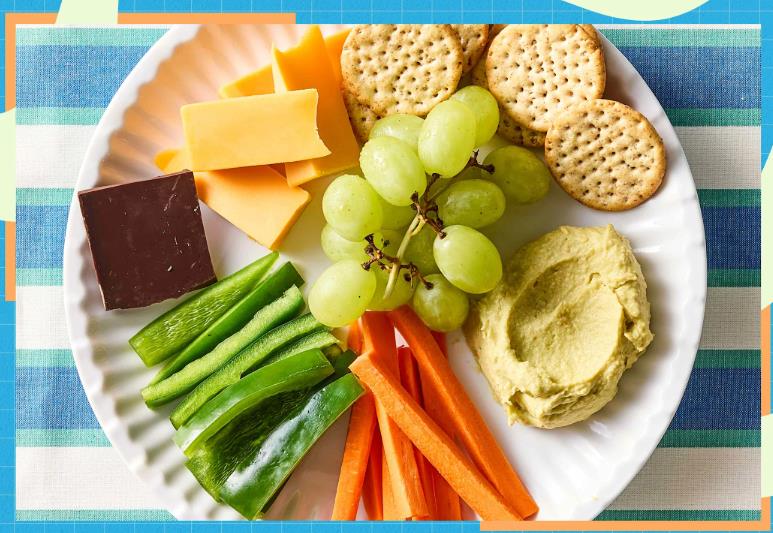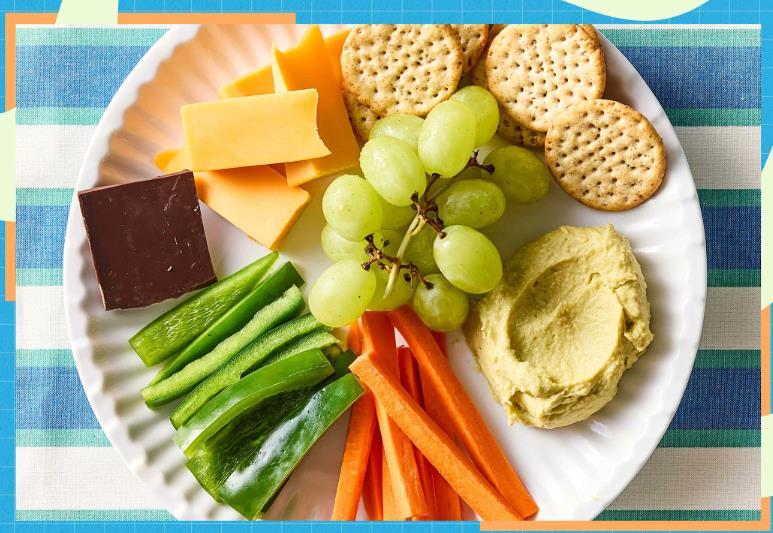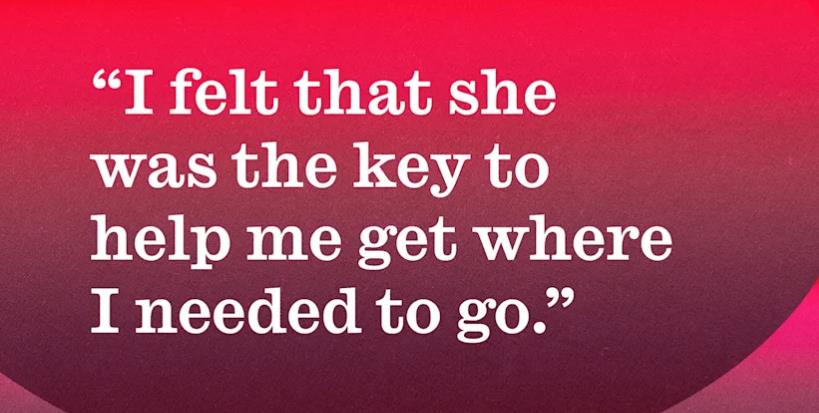
Key Points
More than half of us are eating snacks and small meals instead of meals.
With proper planning, a no-cook snack plate can also be a quick, delicious, and healthy lunch.
For nutrition and satisfaction, include fruits, vegetables, protein, whole grains, and healthy fats.
If you’ve recently swapped some of your meals for snacks, you’re not alone. According to recent statistics, more than half of Americans are eating snacks or small meals instead of full meals. While this may sound nutritionally problematic, there’s a workaround: snack plates. Whether you’re busy all day, working on a big project, or juggling a small baby, snack plates are a quick and easy way to solve a busy day, especially at lunchtime.
You might be surprised to learn that snack plates can be quite nutritious. The key is planning them strategically, says Sarah Williams, MS, RD. “Think of snack plates as mini meals that help create a balanced meal,” she explains. “It should meet several criteria so you feel full and not crave more 30 minutes later.”
How do you create a delicious and healthy snack plate? To find out, we consulted registered dietitians. Here’s their easy-to-follow four-step recipe for a delicious, nutritious, no-cook lunchtime snack plate. Guaranteed to keep you full, satisfied, and energized all afternoon.
Step 1: Start with a colorful base
We eat with our eyes. So, when your snack plate is filled with a rainbow of fruits and vegetables, you can’t wait to dig in. But that’s not the only reason to load up on produce. Fruits and vegetables are rich in vitamins, minerals, antioxidants, and dietary fiber. This blend of nutrients and compounds benefits your body, reducing inflammation and improving gut health. Fiber also helps keep you feeling full, so it can prevent you from craving afternoon snacks.
As dietitians recommend, half of your dinner plate should consist of vegetables, and the same should be true for your snack plate. “Most of us don’t eat enough fruits and vegetables, so to maintain balance, include at least one fruit and one vegetable on your plate,” says Roxana Ehsani, MS, RD, associate professor of nutrition and dietetics.
For a colorful nutritional base, consider convenient, easy-to-prepare, or pre-cut fruits and vegetables. Even dried fruit works! Here are some top choices:

Vegetables: Small bell peppers and carrots, celery sticks, mini cucumbers, jicama chips, roasted sweet potatoes, cherry tomatoes, and canned roasted red peppers.
Fruits: Fresh fruits include apples, bananas, berries, citrus, cherry tomatoes, pears, oranges, pineapple chunks, and watermelon slices; dried fruits include apples, apricots, blueberries, mangoes, prunes, figs, and raisins (all with no added sugar).
Step 2: Add some lean protein
“I always recommend that clients add some protein to their snack plate to balance their diet,” says Ehsani. “Protein helps keep you fuller longer and promotes satiety.” When you consume protein, it increases the production of gut hormones, which signal your brain that you’re full. The result? When you’re full, you’re more likely to stop eating and less likely to look for a snack hours later.
You don’t have to batch-cook a bunch of chicken breasts to create a healthy, no-cook lunch. For example, hard-boiled eggs are commonly found in the dairy and egg sections of most grocery stores. Williams and Ehsani recommend stocking up on the following lean, ready-to-eat proteins:
Shelf-life proteins: canned beans, lentils, and chickpeas, canned salmon and tuna, nuts and seeds.
Refrigerated and frozen proteins: hard-boiled eggs, Greek yogurt, cottage cheese, deli turkey slices, roasted chicken, and frozen edamame.
Step 3: Add whole grains
Whole grains are rich in vitamins, minerals, and antioxidants. They’re also a convenient way to add satiating fiber. Given that studies have repeatedly shown that these fiber-rich grains can boost satiety, they’re an easy way to add staying power to your snack tray. Their fiber also aids digestion and keeps your bowels moving smoothly, Williams says.





